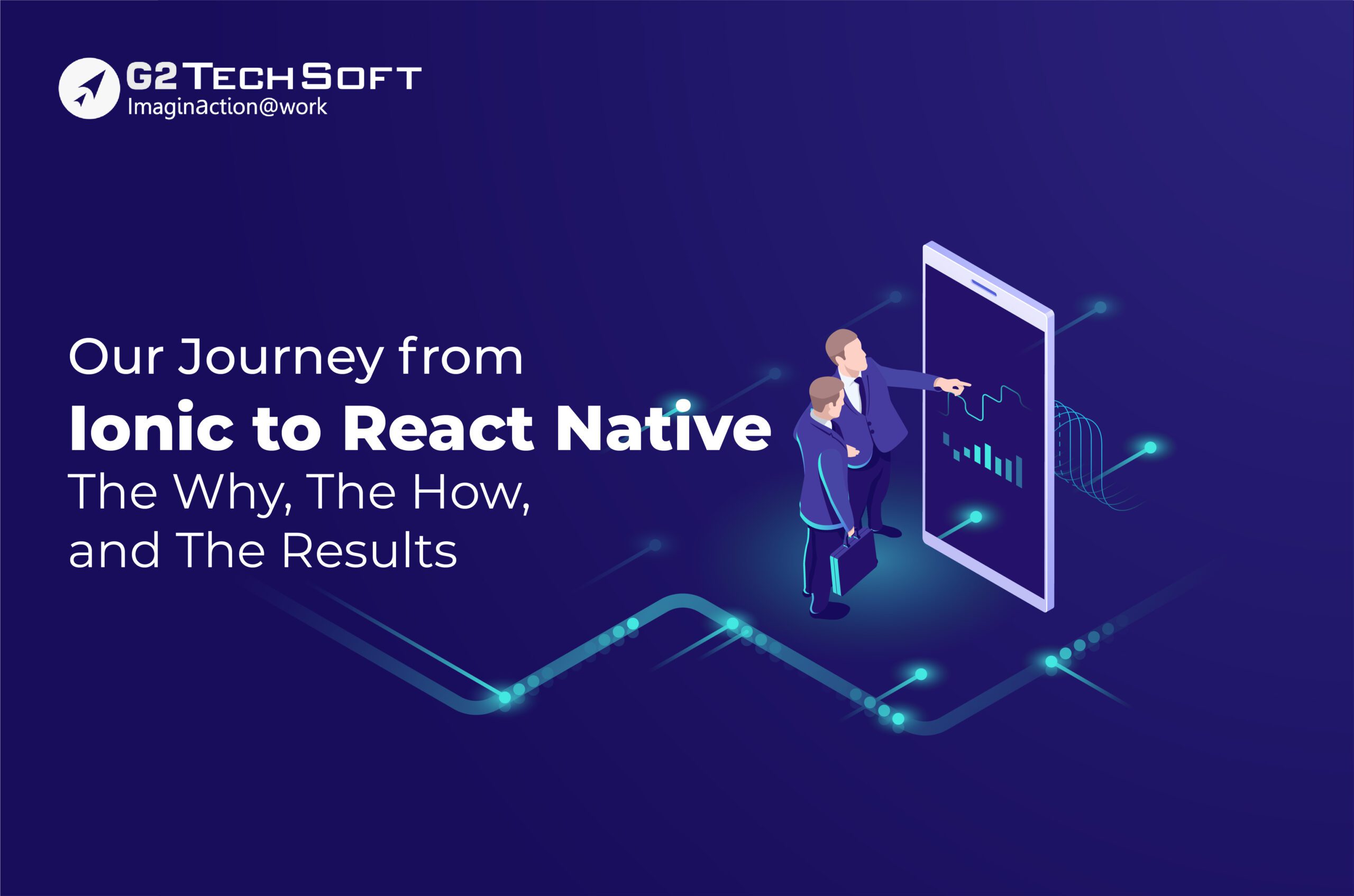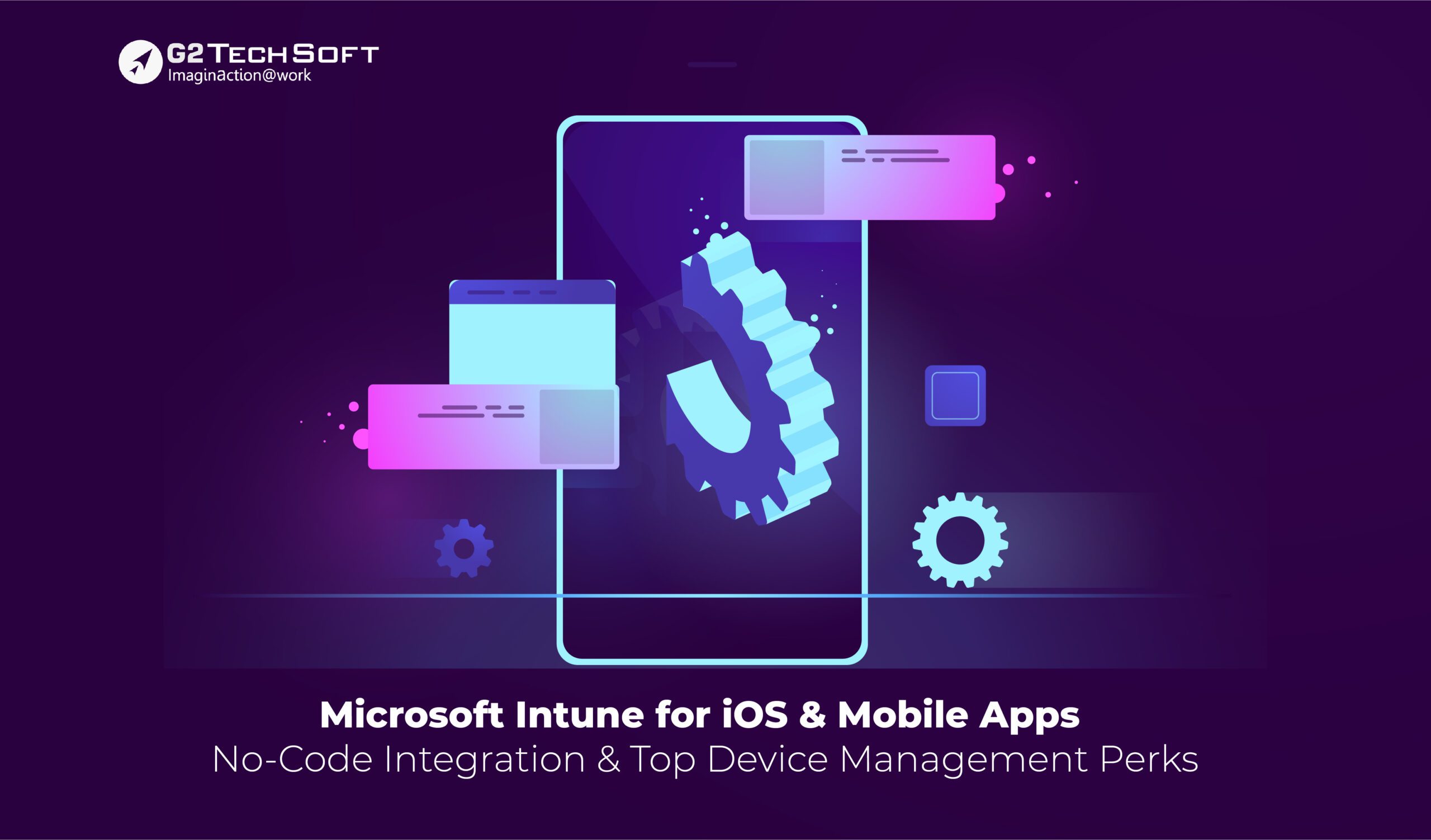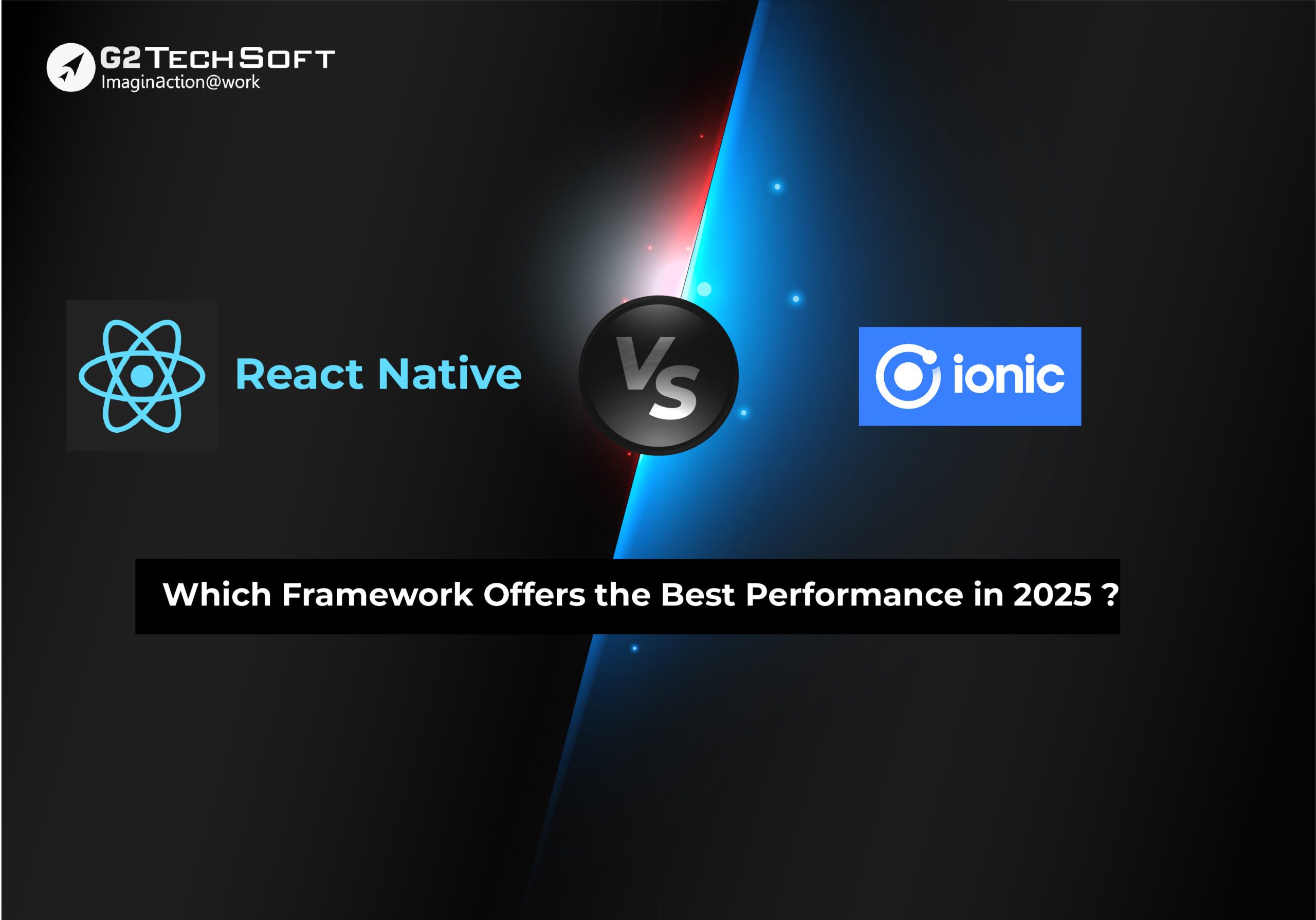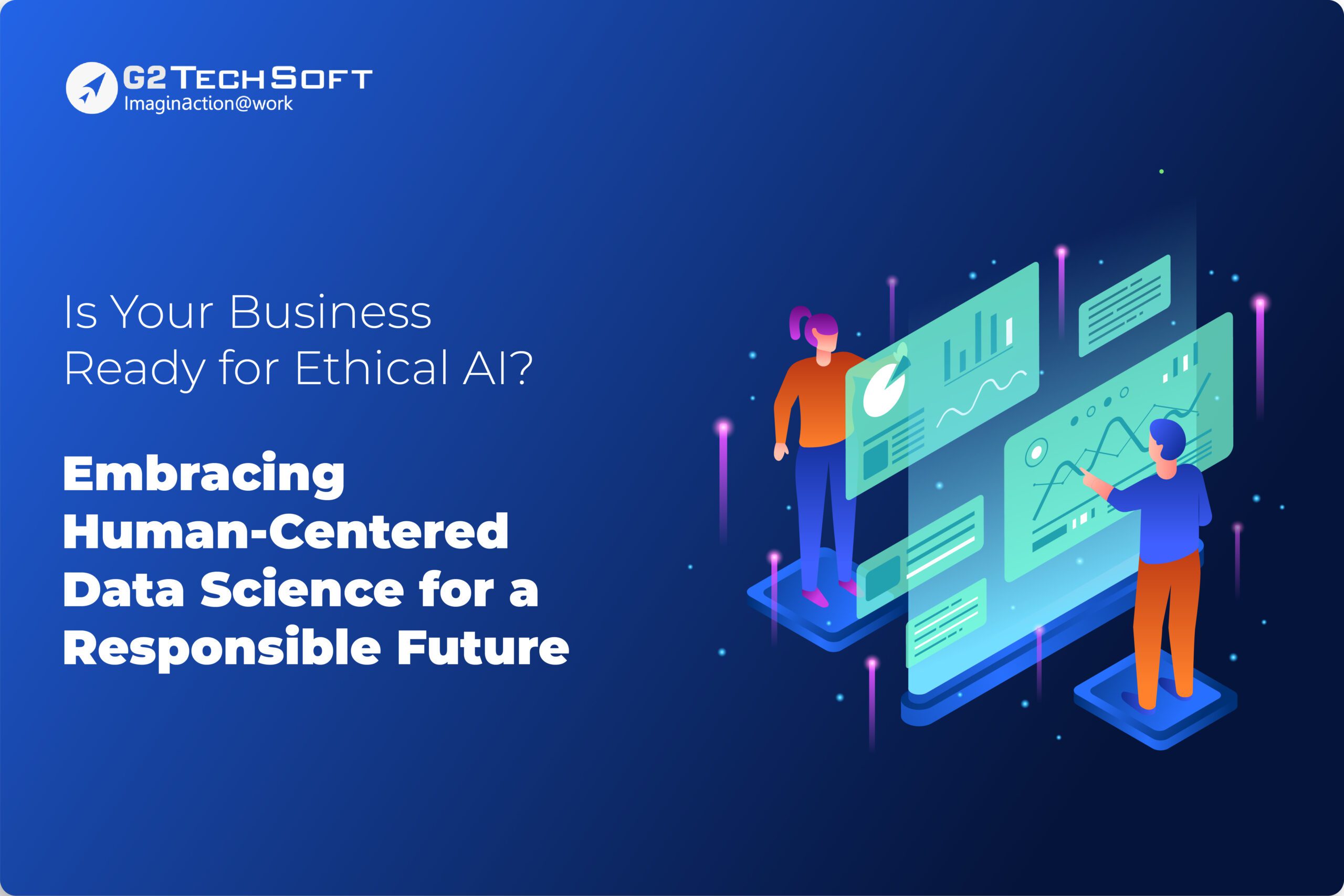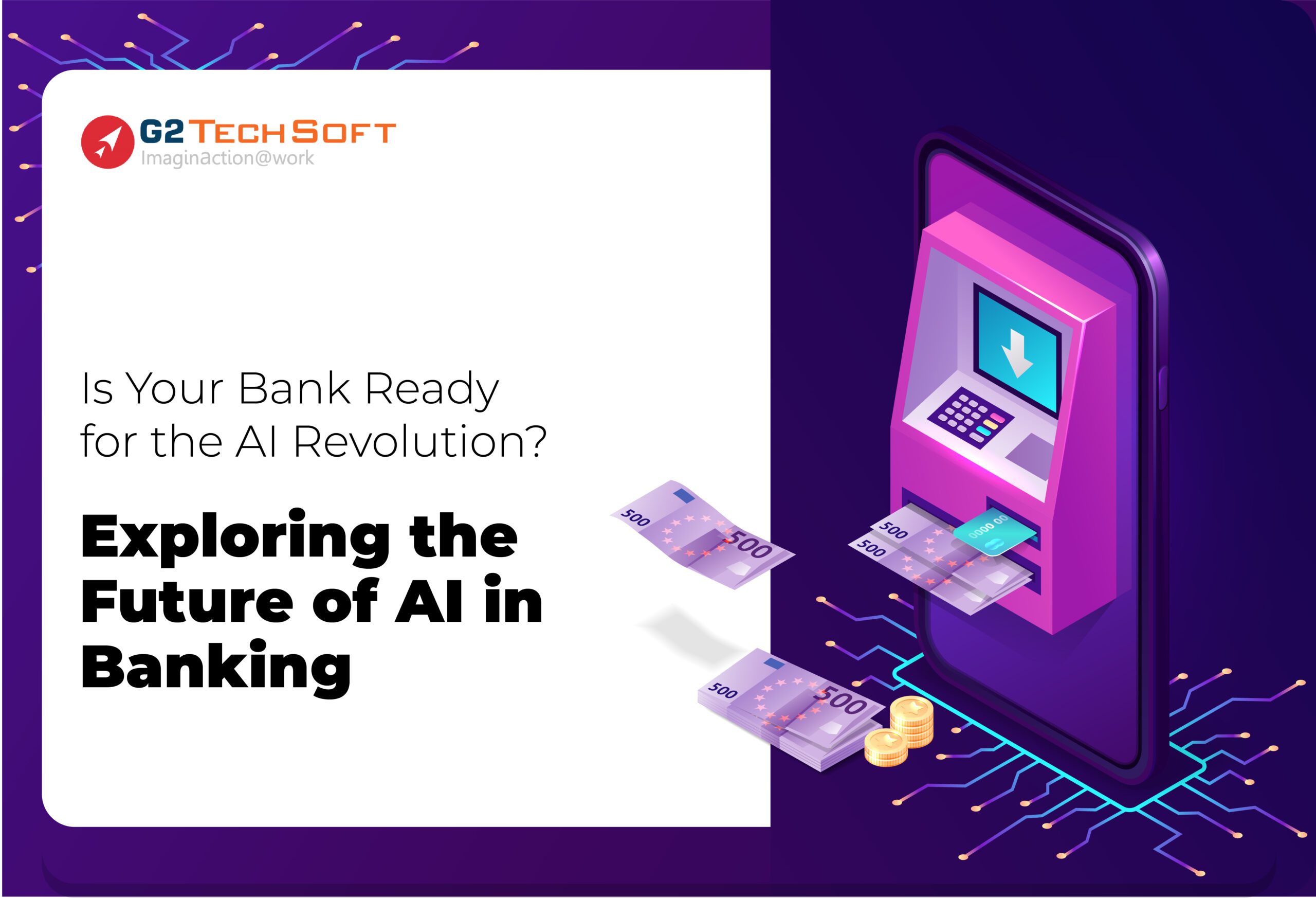
Lately, many organizations are looking to shift to cloud computing. Statistics give us the fact that in 2020, over 86% of the companies are using the cloud, and 300 Billion U.S. dollars are generated in revenue from 2020. From this, we understand the growth and demand for cloud adoption. Yes, you heard it right. Cloud computing has completely changed the IT industry. Using microservices with continuous delivery and DevOps, the organization has been moving upward on the technological trend, also providing an innovative and right-time-to-market service.
To build a successful product, approach for design-oriented thinking, we need to focus on agile. This facilitates quick responses to the customer feedback and promoting fast feedback through DevOps helps us build an impact on the service.
All organizations should be aware of things to do and things not to do. As the statistics show, we know cloud technology will give more advantages and be a winning element for many businesses. This blog will help the decision-makers to understand the dos and don’ts, that makes an impact on the organization. Its insight makes us understand and educate us to adapt to cloud easily and with better understanding.
Product development on the cloud: Do’s
Cost management:
Choosing the service is always complicated, in that G2 helps you with a service that allows sharing the management of service. Either it may be SaaS, PaaS, or IaaS. That helps us to save you time and manage the resources.
Data separation from the application:
The performance will be slow if there is more data stored on your application. This compromises its security too. G2 helps to make data faster and more secure data performance by decoupling all data and applications.
Best practice by implementing cloud:
Understanding and adapting to the latest tech skills like Agile and DevOps will always help to reduce the product life cycle and enable frequent deliveries. It is always prudent to choose SaaS, PaaS, or IaaS. Organizations do not need to take additional responsibilities, where G2 helps to establish time tested approach and architectural guidelines.
Enduring development:
For future development, selecting a suitable platform will always help businesses to scale up. Yes, every business will grow. At the time of scaling G2 will help the organization by solving all the problems guaranteeing futureproofing the application even at the initial stage of development.
Build a cloud-focused vision for architecture:
Once you migrate to the cloud, the process does not end. You need to decide the cost and resources for taking responsibility for the process to pursue and its billing capabilities.
Product development on the cloud: Don’ts
On-premise model:
If your installation is on an on-premise model, think about it first. Cloud applications are more secure that will be extra secure which will also help in redundancy.
Downtime:
To do an uninterrupted business, server connectivity is always important, so that we get uninterpreted performance. Always keep in mind that it is a must to avoid service outages.
Documentation:
Each step that is documented will be useful in the future for the development process. It will help us to rethink and help the process to develop with limitation. If you’re planning to skip this it will make the process complex in the future.
Mass migration:
If you are considering migrating all the applications to the cloud, we would need to verify if all the applications are suitable for the cloud. It would better to analyse before migrating because sometimes only a few applications will need to be migrated.
Funding:
Migrating to the cloud will add more business value. Proper analysis on funds and cost effectiveness plays a major role to choose on migration.
CONCLUSION
This blog helps many organizations to understand the importance of the cloud. It lists the drawbacks and effectiveness of cloud migration which is easy to understand. Be wise and the take the best approach to cloud-native application development that can thereby increase the value of your business.
